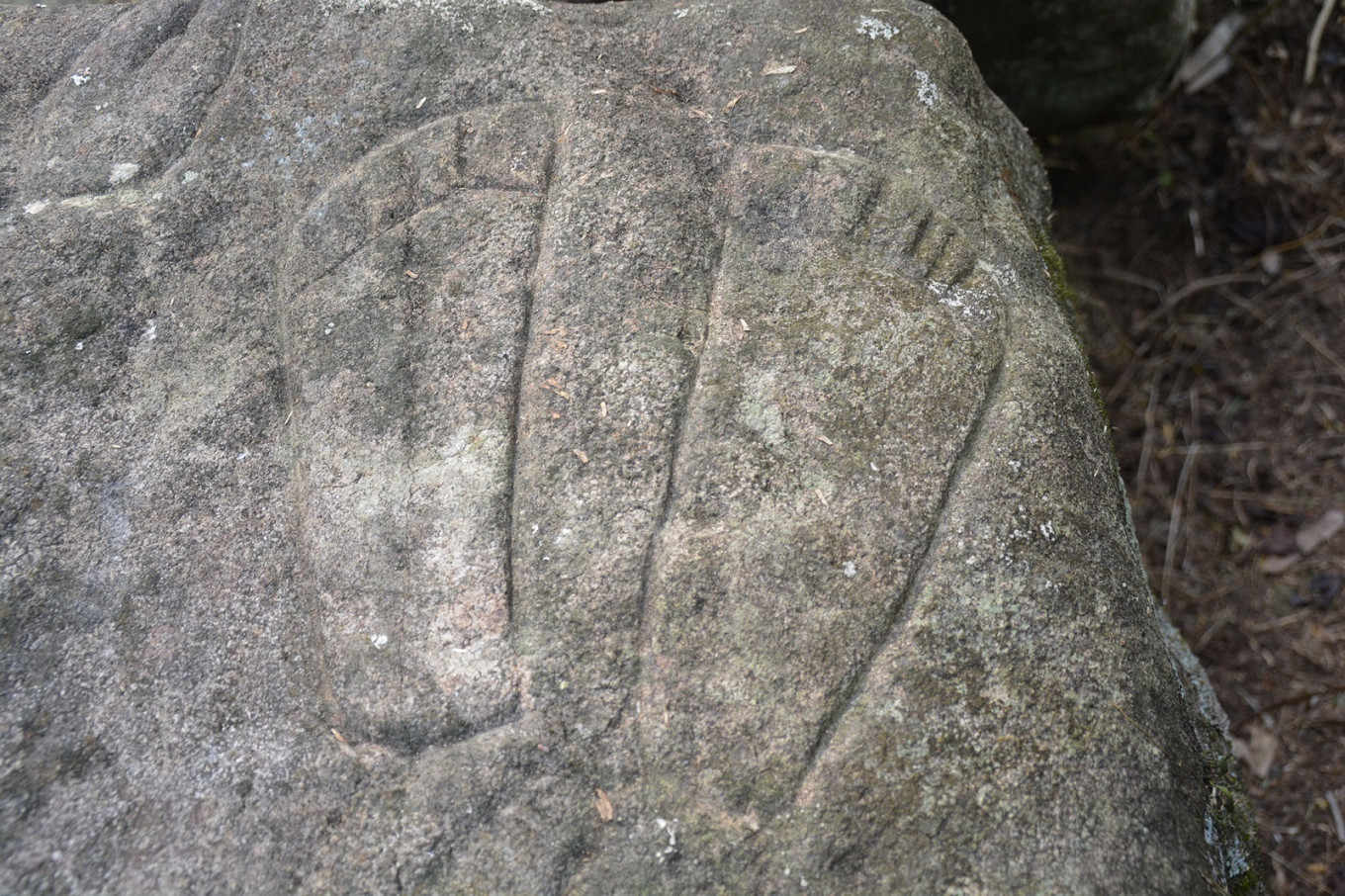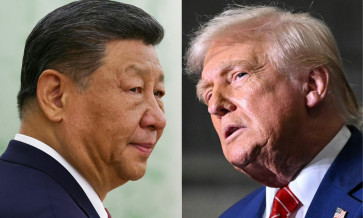Popular Reads
Top Results
Can't find what you're looking for?
View all search resultsPopular Reads
Top Results
Can't find what you're looking for?
View all search resultsWest Manggarai’s Kuwus district said to host traces of Minangkabau civilization
At least six sites in Kuwus district are believed to be the traces of the Minang people.
Change text size
Gift Premium Articles
to Anyone
T
races of the Minangkabau civilization are said to be found in the Kedaluan area in Kuwus and West Kuwus districts, West Manggarai regency, Flores, East Nusa Tenggara (NTT).
Today, four villages in the districts are believed to preserve historical evidence of the Minangkabau people’s arrival in Kedaluan thousands of years ago. Kedaluan itself means the jurisdiction of a dalu (viceroy).
The four villages, or beo as the village residents call them, are Beo Teno where traces of a Minangkabau person named Pesau are found; Kolang valley where that person's graveyard is found; Beo Ndaung where an ossified canoe stands; and Beo Runa where stories of a couple thought to have come to the island on the now-ossified canoe are found carved on big rocks.
However, stories of the origins of the Kolang people have only been passed on verbally. Some believe that their ancestors hailed from Minangkabau, but others believe the Kolang people descended from Indian ancestors, as some old carvings on the big rocks are believed to depict the map of India.
Those who are curious about the archeological sites at Beo Runa can reach the village from Wajur in West Kuwus district, some 5 kilometers from the village on motorcycle. Yet, rocky and bumpy road sections often force travelers to get off the motorcycle and climb a hilly path heading to the village. Many road sections in Kedaluan Kolang are not yet asphalted.
Guardian of the Beo Runa tourist site, Hubertus Dantol, 59, said Runa was the oldest village in Kedaluan Kolang, located parallel to Nangalili beach on the southern coast of West Manggarai regency.
Dantol said thousands of years ago, seawater from Nangalili entered the Kolang valley and reached Runa village. Meanwhile, a Minangkabau couple happened to be sailing in the area on their way to the ancient village/trade hub of Warloka through Nangalili.
The couple in their canoe were washed away to Runa village, and stayed for the night. However, the next morning the seawater had subsided, so the couple could not continue their journey, and decided to live in Runa.
Known as Sangkil Magil and Solem Botek Letem Lana, the couple are said to be the ancestors of the Runa people. They were the ones who carved footsteps on big rocks along with other carvings, including of male and female genitals, a map and a building resembling a Minangkabau customary house.
At least six sites, according to Dantol, are believed to be the traces of the Minang people. Those sites are marked with piles of globular rocks (Watu Mbolong), altar-like rocks (Compang Runa), rocks that have inscriptions or drawings, and a deep cave named Liang Segha Dewa.
Dantol expresses his hope for the sites to be researched by archaeologists.
[RA: Exploring Todo customary village a 'to do' when visiting West Flores::/life/2019/02/17/exploring-todo-customary-village-a-to-do-when-visiting-west-flores.html]
Agustinus of Ndaung-Redek village said the stories about the arrival of the first Minangkabau person in the village had been told for generations. Locals believed the ossified canoe proved the story.
“So, it’s not just a tale told verbally by our ancestors. We have the historical evidence, the canoe,” said Agustinus.
Fransiskus Guntur and Petrus Ngempeng of Kolang village told the same story, saying that a man named Pesau from Minangkabau was their ancestor. They said Pesau had sailed from Minangkabau to Nangalili on a boat, dropped by for a while in Kolang hill around Teno village, but finally decided to reside in Kolang until the end of his life.
“His graveyard is evidence,” both said. (yun/mut)











